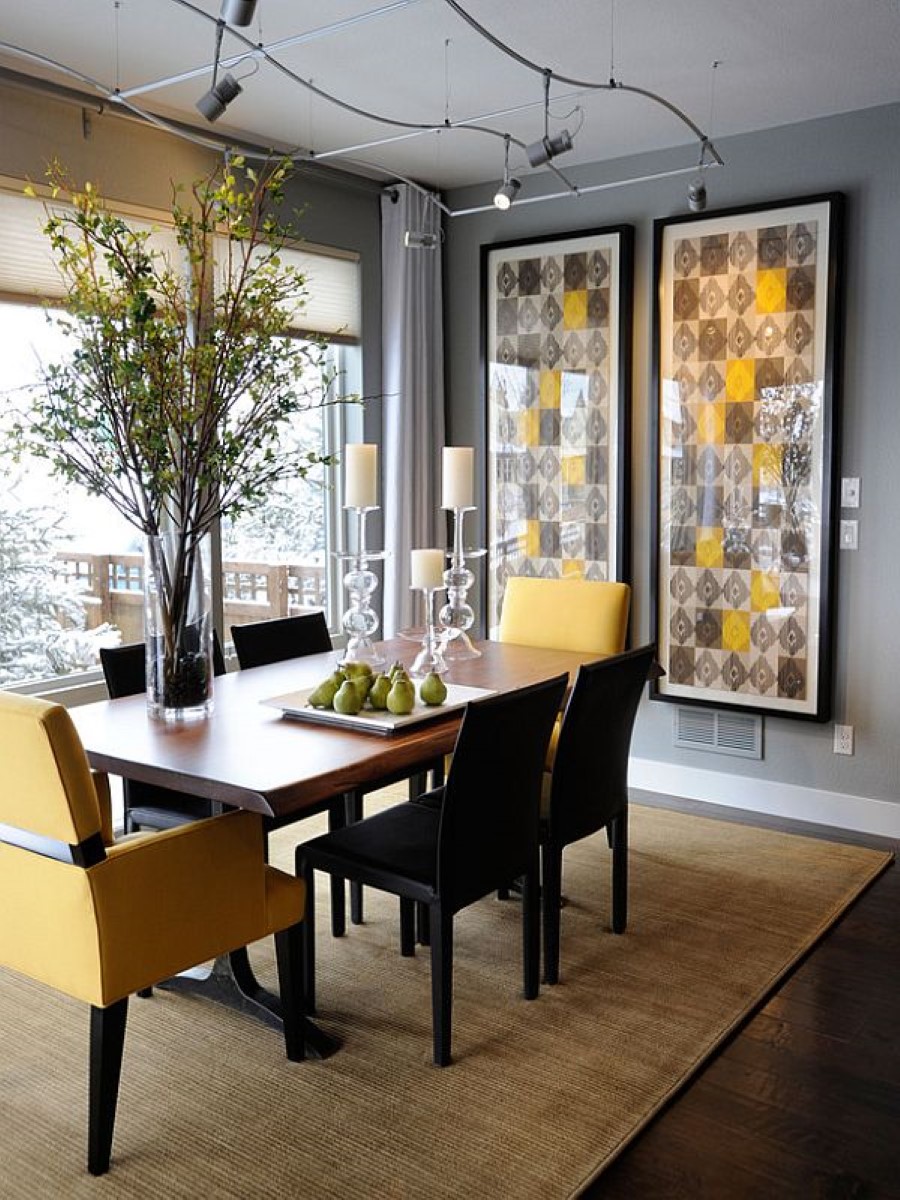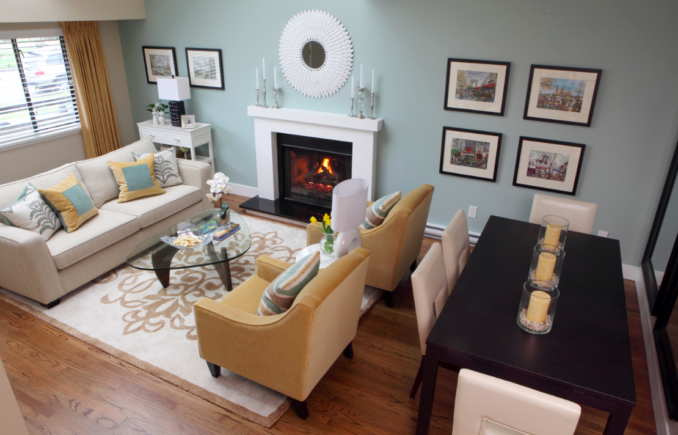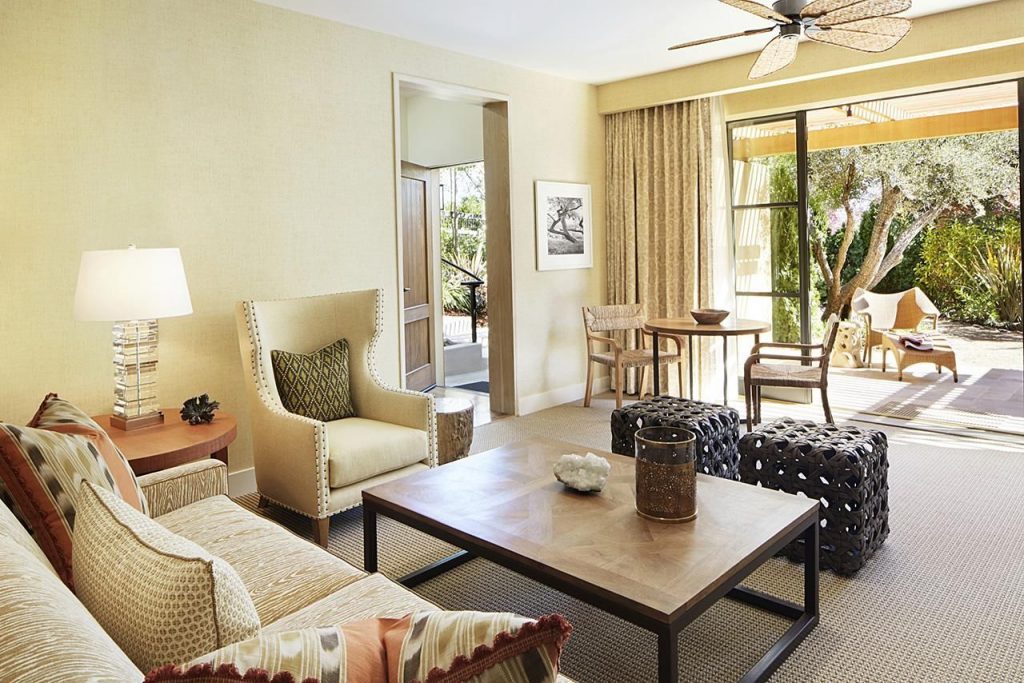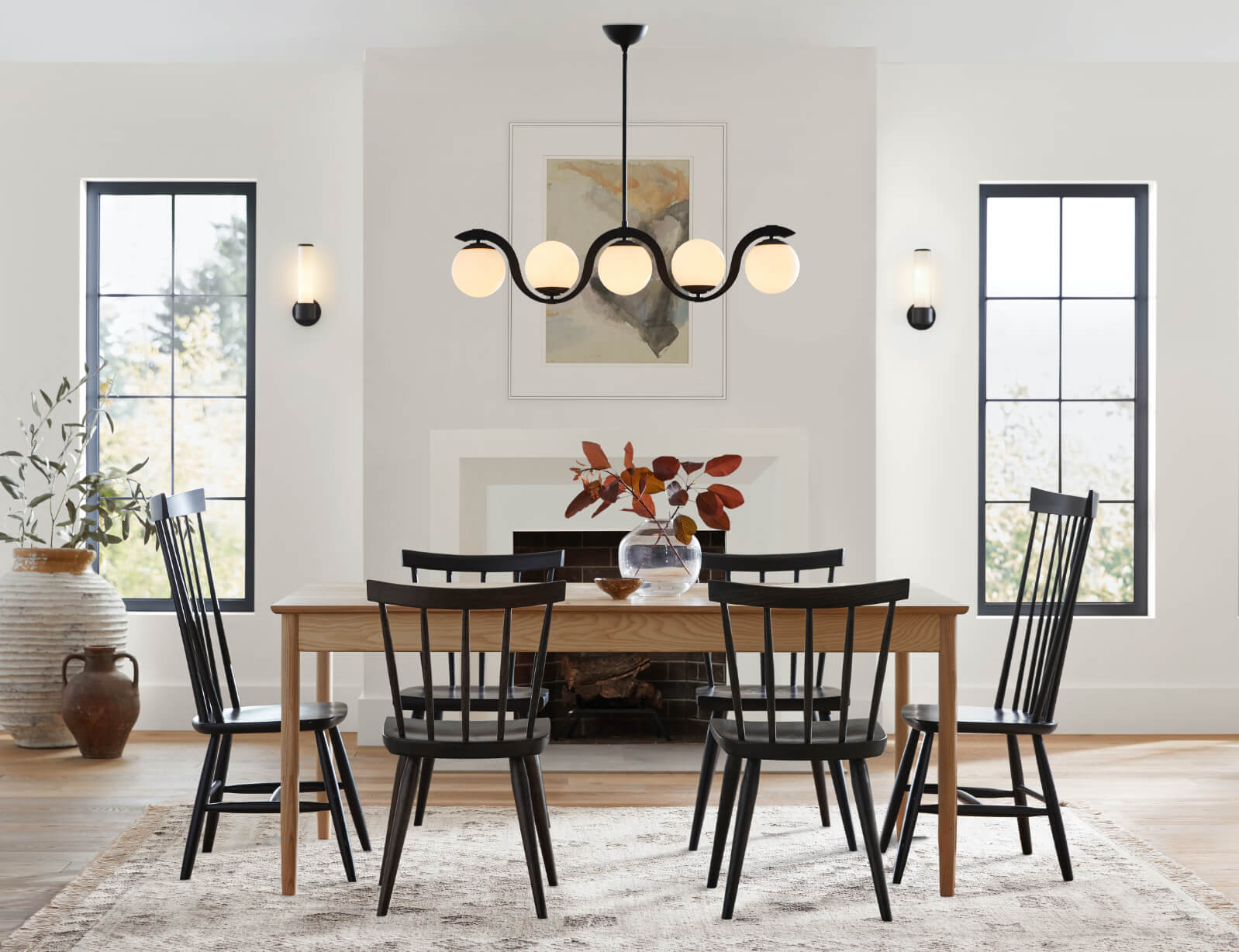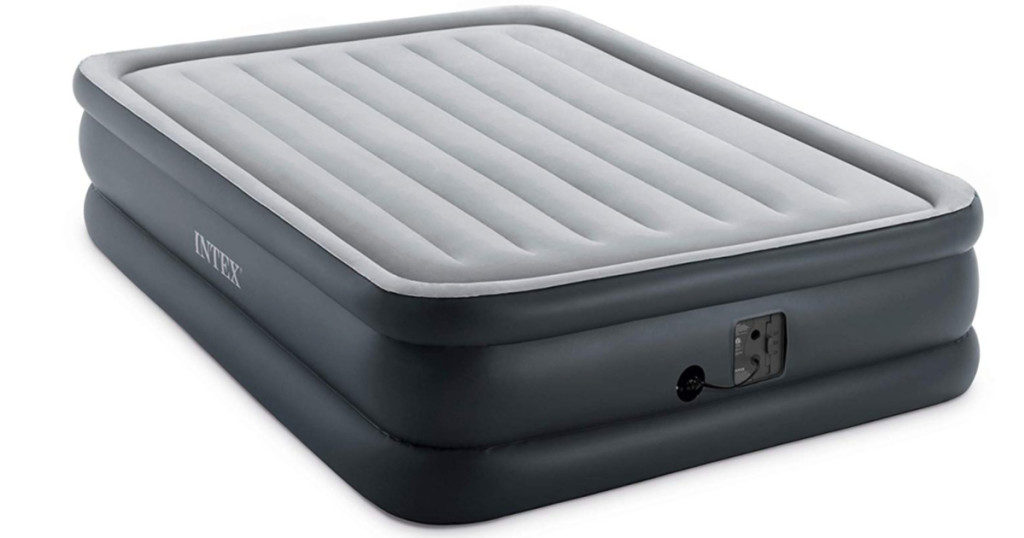If you're in the process of decorating your home or just trying to understand the different rooms in a house, you may be wondering what sets the dining room and living room apart. Both are important spaces in a home, but they serve different purposes and have distinct features that set them apart. Let's take a closer look at the main differences between these two rooms.Dining Room vs Living Room: What's the Difference?
The dining room and living room are often grouped together as part of the common areas in a home, but they have distinct differences that make them unique. The dining room is typically a more formal space, reserved for meals and special occasions. It often includes a dining table and chairs, as well as a buffet or sideboard for storage and display. On the other hand, the living room is a more casual space for relaxing and entertaining. It typically includes comfortable seating, such as a sofa or armchairs, and may also have a television or fireplace.Understanding the Distinctions Between Dining Room and Living Room
Aside from their functions, there are other key differences between the dining room and living room. The dining room is usually located closer to the kitchen for convenience, while the living room may be closer to the entrance of the house. The dining room also tends to have a more formal and traditional design, while the living room can be more eclectic and personal. Additionally, the dining room is often a separate and enclosed space, while the living room may be more open and connected to other areas of the house.Key Differences Between Dining Room and Living Room
If you have a smaller home or just prefer a more open layout, you may have a combined dining room and living room. This can be a tricky space to design, as you want to create distinct areas while still maintaining a cohesive look. One way to do this is by using different lighting and furniture to define each space. For example, you can use a chandelier or pendant light over the dining area and a floor lamp or table lamp in the living room. You can also use a rug to anchor each space and create visual separation.How to Design a Dining Room and Living Room Combo
When deciding between a dining room and living room, there are a few factors to consider. If you frequently entertain or have large family gatherings, a separate dining room may be more practical. It also provides a more formal space for special occasions. However, if you prefer a more casual and open layout, a living room may be the better option. It can also serve as a versatile space for various activities, such as watching TV, working, or playing games.Dining Room vs Living Room: Which One is Right for You?
The dining room and living room serve different purposes and functions, which is reflected in their design and layout. The dining room is primarily used for meals and entertaining, while the living room is a space for relaxation and socializing. The design of each room should reflect its intended use and create a comfortable and inviting atmosphere.The Purpose and Function of a Dining Room and Living Room
Even if your dining room and living room are separate spaces, it's important to create a cohesive look between the two. This can be achieved by using complementary colors, patterns, and textures throughout both rooms. You can also tie the two spaces together by using similar furniture styles or incorporating elements from one room into the other. For example, you can use the same accent color in both rooms or display artwork that connects the two spaces.Creating a Cohesive Look Between Your Dining Room and Living Room
There are advantages and disadvantages to having a separate dining room and living room. The main benefit of a separate dining room is that it provides a designated space for meals and entertaining, which can be more formal and intimate. However, it can also be a wasted space if it's only used for special occasions. On the other hand, a living room can be a more versatile and multi-functional space, but it may lack the formality and privacy of a separate dining room.The Pros and Cons of Having a Separate Dining Room and Living Room
If you have a combined dining room and living room, it's important to make the most of the available space. One way to do this is by using furniture that serves multiple purposes, such as a dining table that can also be used as a desk or a sofa bed in the living room. You can also utilize vertical space by incorporating shelves or wall-mounted storage. Additionally, keeping the space clutter-free and using light colors can help make the room feel more spacious.How to Maximize Space in a Combined Dining Room and Living Room
When choosing furniture for your dining room and living room, consider the style and function of each room. For the dining room, opt for a table and chairs that are comfortable and suit your entertaining needs. In the living room, choose seating that is comfortable and fits your lifestyle, whether that means a large sectional or a few armchairs. It's also important to consider the size and layout of each room to ensure the furniture fits appropriately.Tips for Choosing Furniture for Your Dining Room and Living Room
Differences Between Dining Room And Living Room
/DesignbyEmilyHendersonDesignPhotographerbyTessaNeustadt_360-025334d218134a26ad2b78dd2150e625.jpg)
The Purpose of Each Room
 When designing a house, the first thing to consider is the purpose of each room. The dining room and living room are two important spaces that serve different functions in a home. The main purpose of a dining room is for eating and enjoying meals with family and friends. It is a more formal space where special occasions and gatherings are held. On the other hand, the living room is a more relaxed and casual space where family members can gather to watch TV, play games, or simply relax and socialize.
Dining Room:
The dining room is usually located near the kitchen for convenient serving and is often furnished with a large dining table and chairs. It is a designated space for meals and is typically more formal in appearance. The furniture and décor in a dining room are often more elegant and sophisticated, creating a refined atmosphere for dining.
Living Room:
In contrast, the living room is a more versatile space that can serve various purposes. It is often located near the main entrance of the house and is the first room guests will see. It is typically furnished with comfortable seating such as sofas, armchairs, and coffee tables. The décor in a living room is often more casual and inviting, making it a cozy and welcoming space for relaxation and entertainment.
When designing a house, the first thing to consider is the purpose of each room. The dining room and living room are two important spaces that serve different functions in a home. The main purpose of a dining room is for eating and enjoying meals with family and friends. It is a more formal space where special occasions and gatherings are held. On the other hand, the living room is a more relaxed and casual space where family members can gather to watch TV, play games, or simply relax and socialize.
Dining Room:
The dining room is usually located near the kitchen for convenient serving and is often furnished with a large dining table and chairs. It is a designated space for meals and is typically more formal in appearance. The furniture and décor in a dining room are often more elegant and sophisticated, creating a refined atmosphere for dining.
Living Room:
In contrast, the living room is a more versatile space that can serve various purposes. It is often located near the main entrance of the house and is the first room guests will see. It is typically furnished with comfortable seating such as sofas, armchairs, and coffee tables. The décor in a living room is often more casual and inviting, making it a cozy and welcoming space for relaxation and entertainment.
The Layout and Design
 The layout and design of a dining room and living room also differ. The dining room is usually a separate room, closed off from other areas of the house. It is often located near the kitchen for ease of serving and may have a more traditional layout, with a rectangular or oval-shaped table in the center surrounded by chairs.
Meanwhile, the living room is often connected to other areas of the house, such as the kitchen, dining room, or hallway. It may have an open floor plan, allowing for better flow and connectivity between spaces. The furniture in a living room is also more flexible and can be arranged in different ways, depending on the needs and preferences of the homeowner.
The layout and design of a dining room and living room also differ. The dining room is usually a separate room, closed off from other areas of the house. It is often located near the kitchen for ease of serving and may have a more traditional layout, with a rectangular or oval-shaped table in the center surrounded by chairs.
Meanwhile, the living room is often connected to other areas of the house, such as the kitchen, dining room, or hallway. It may have an open floor plan, allowing for better flow and connectivity between spaces. The furniture in a living room is also more flexible and can be arranged in different ways, depending on the needs and preferences of the homeowner.
The Atmosphere and Ambience
:max_bytes(150000):strip_icc()/living-dining-room-combo-4796589-hero-97c6c92c3d6f4ec8a6da13c6caa90da3.jpg) Lastly, the dining room and living room differ in terms of atmosphere and ambience. The dining room is designed to be a more formal and elegant space, often reserved for special occasions and formal dinners. It is a space where guests can enjoy a fine dining experience, with proper table settings and a more sophisticated atmosphere.
The living room, on the other hand, is a more relaxed and casual space. It is often the heart of the home, where family members can gather and spend quality time together. The atmosphere in a living room is typically warm and inviting, with comfortable seating and décor that reflects the personality and style of the homeowners.
In conclusion, while the dining room and living room may have some similarities in terms of furniture and décor, they serve very different purposes in a house. The dining room is a formal and elegant space for dining, while the living room is a more versatile and casual space for relaxation and entertainment. By understanding the differences between these two rooms, homeowners can create a well-designed and functional living space that meets their needs and preferences.
Lastly, the dining room and living room differ in terms of atmosphere and ambience. The dining room is designed to be a more formal and elegant space, often reserved for special occasions and formal dinners. It is a space where guests can enjoy a fine dining experience, with proper table settings and a more sophisticated atmosphere.
The living room, on the other hand, is a more relaxed and casual space. It is often the heart of the home, where family members can gather and spend quality time together. The atmosphere in a living room is typically warm and inviting, with comfortable seating and décor that reflects the personality and style of the homeowners.
In conclusion, while the dining room and living room may have some similarities in terms of furniture and décor, they serve very different purposes in a house. The dining room is a formal and elegant space for dining, while the living room is a more versatile and casual space for relaxation and entertainment. By understanding the differences between these two rooms, homeowners can create a well-designed and functional living space that meets their needs and preferences.
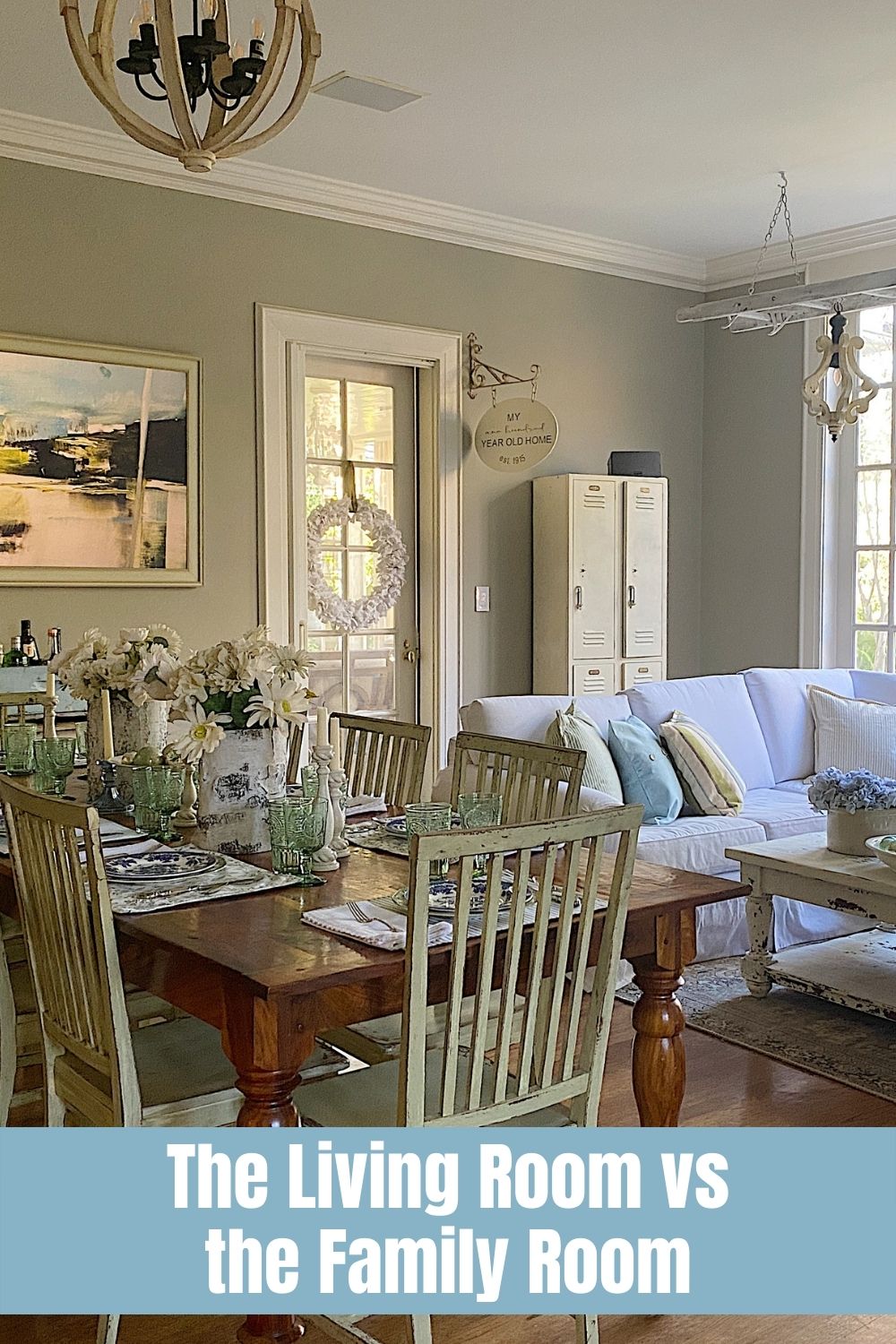




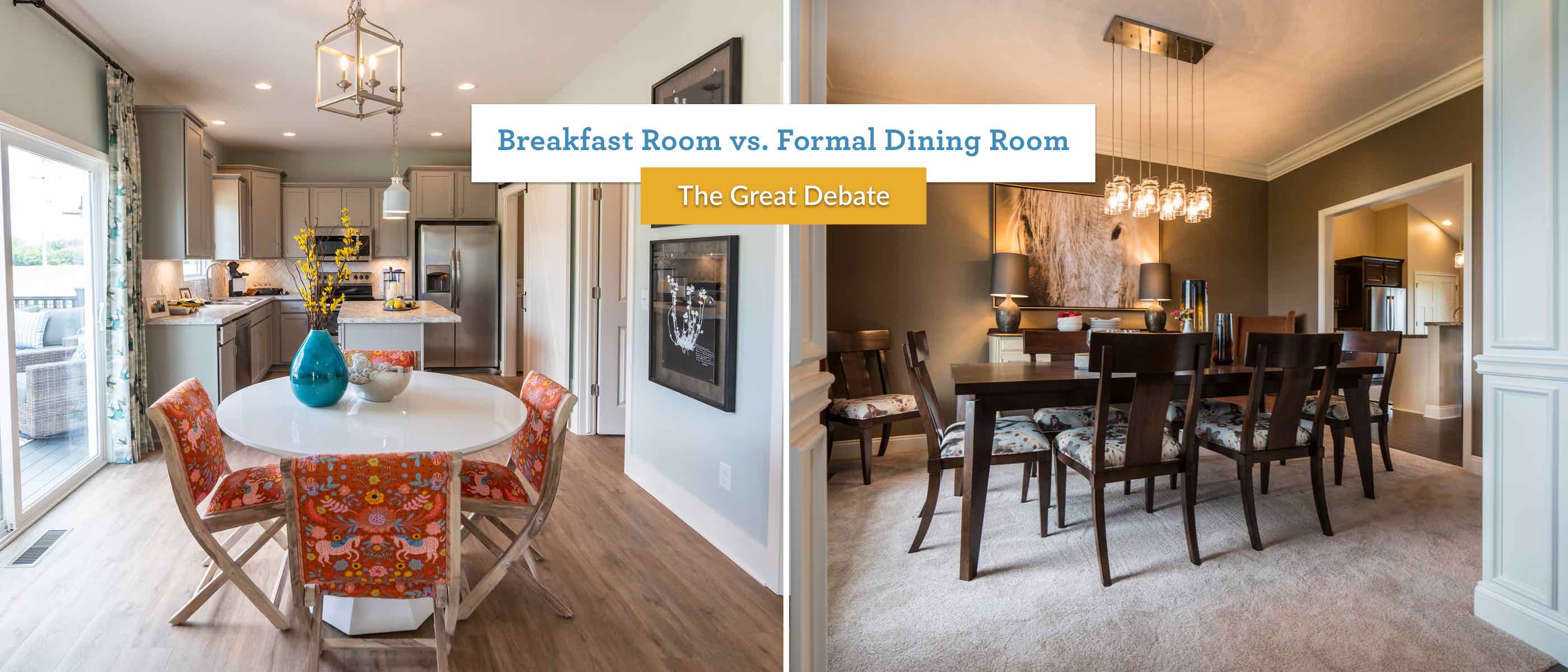
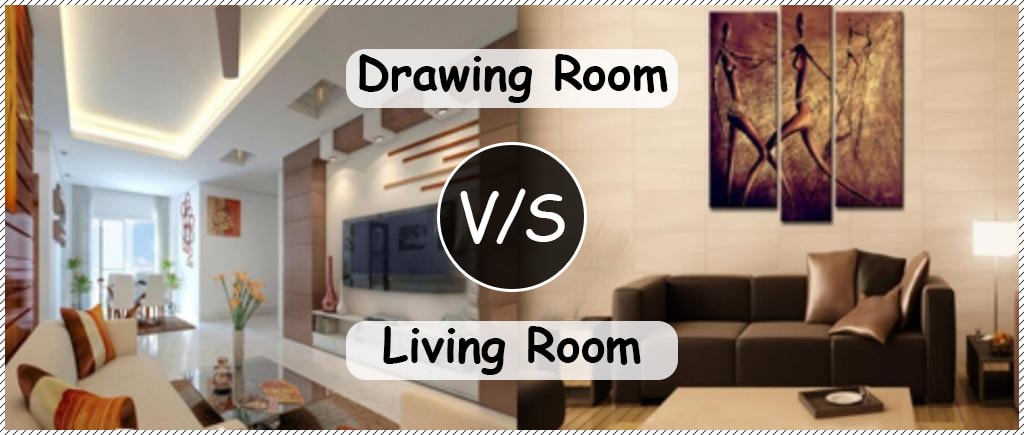

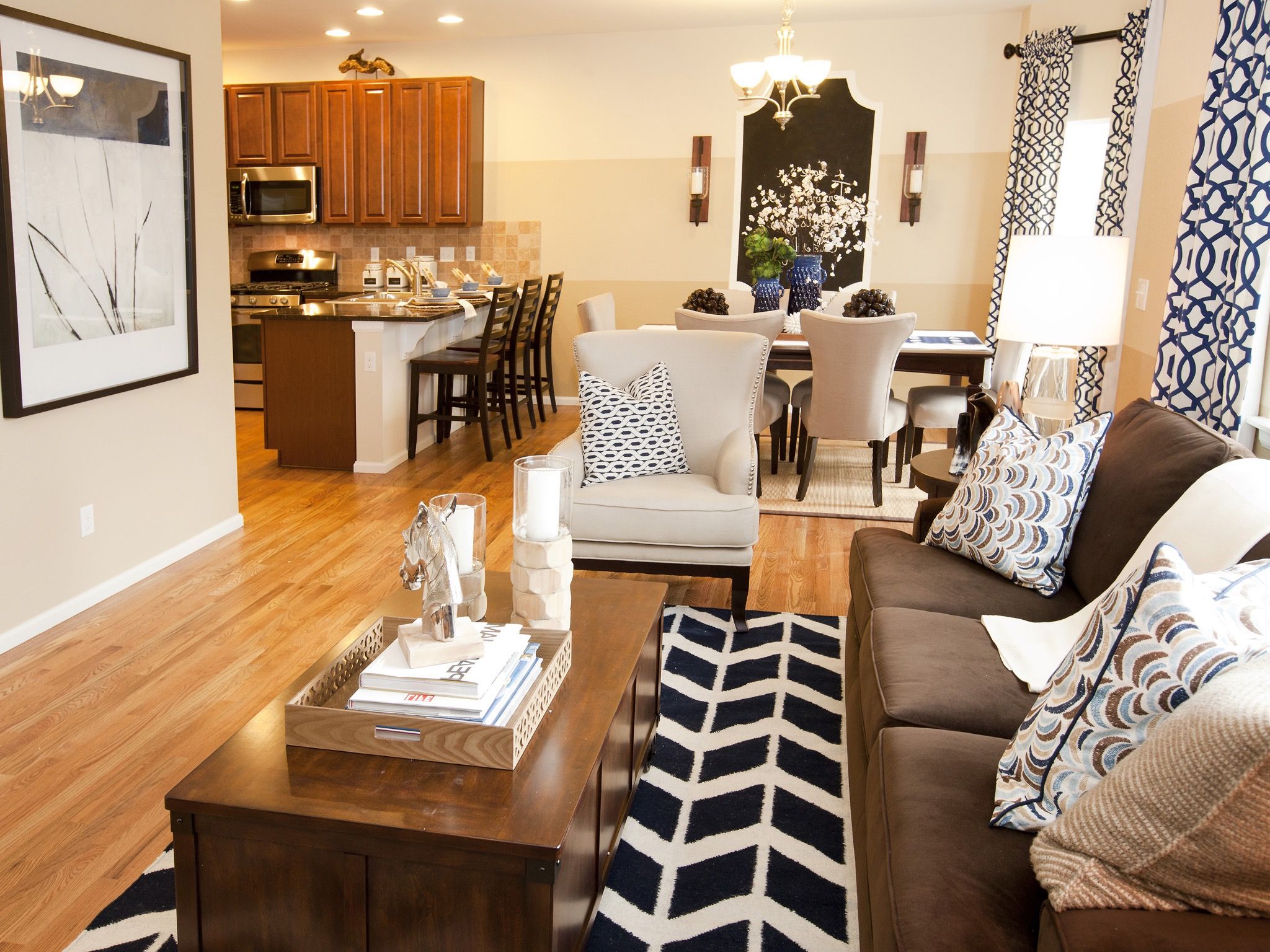
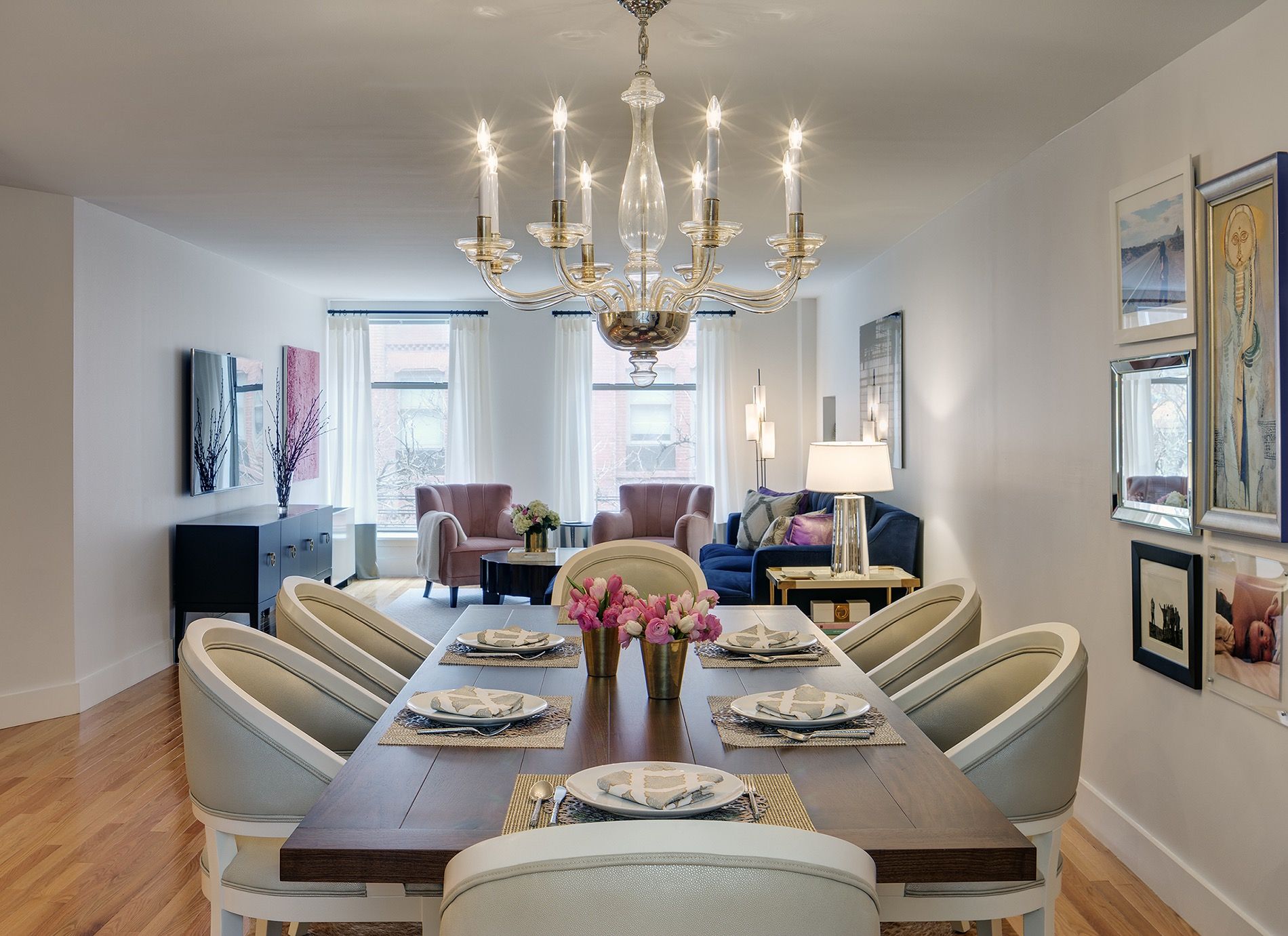







.jpg)

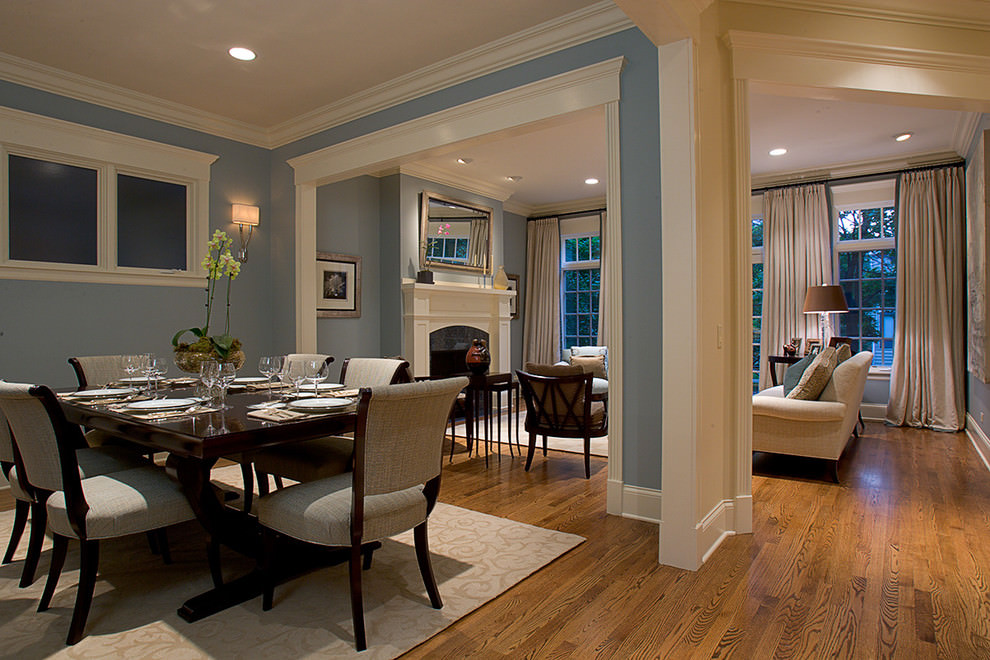
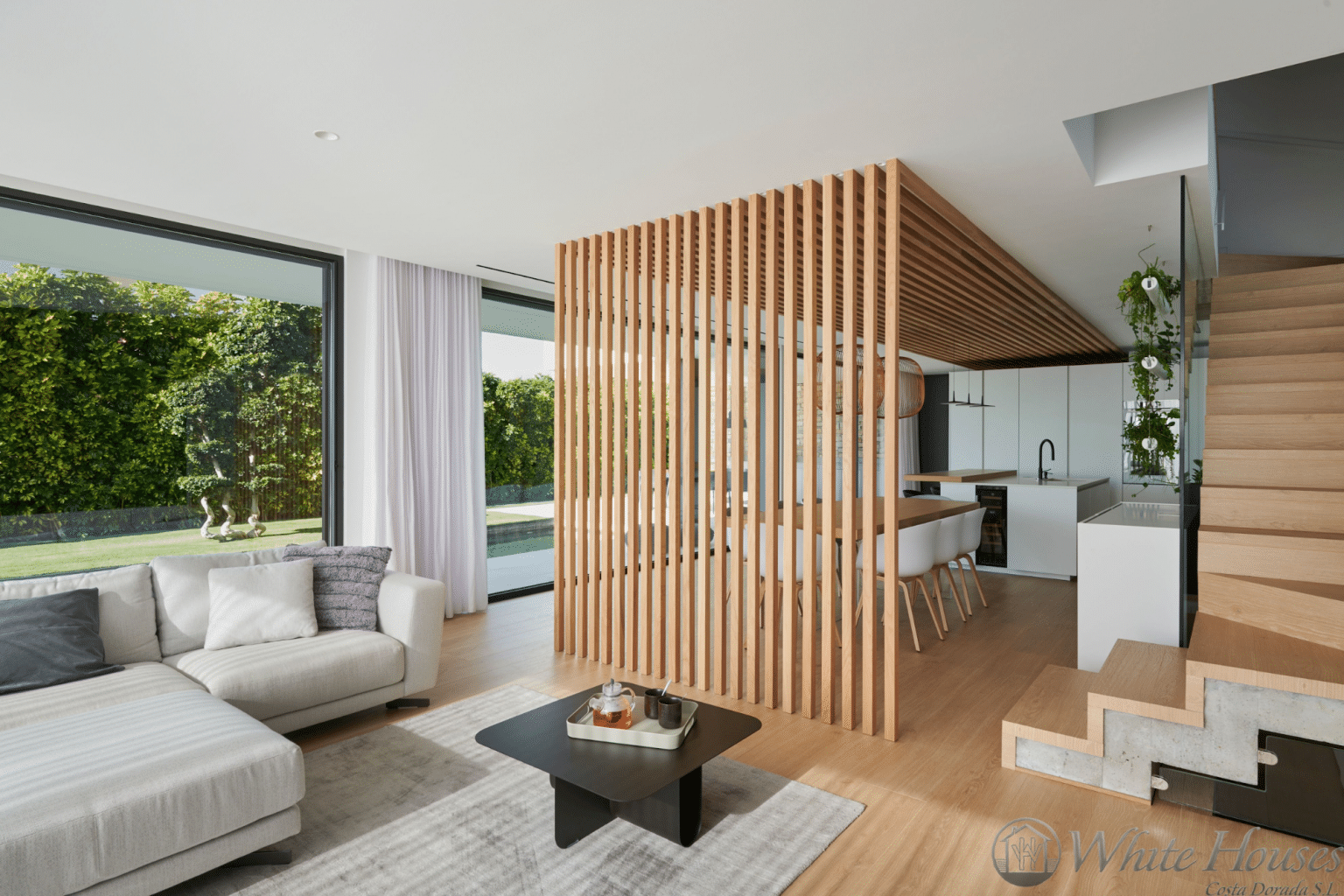

/orestudios_laurelhurst_tudor_03-1-652df94cec7445629a927eaf91991aad.jpg)




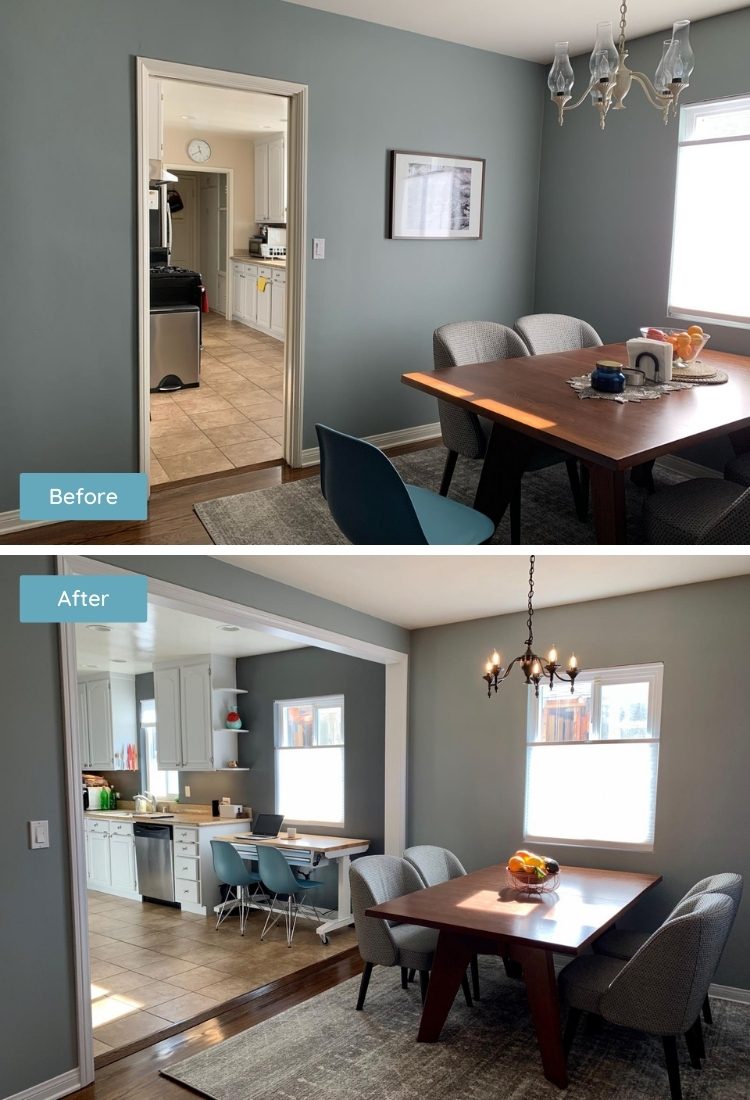
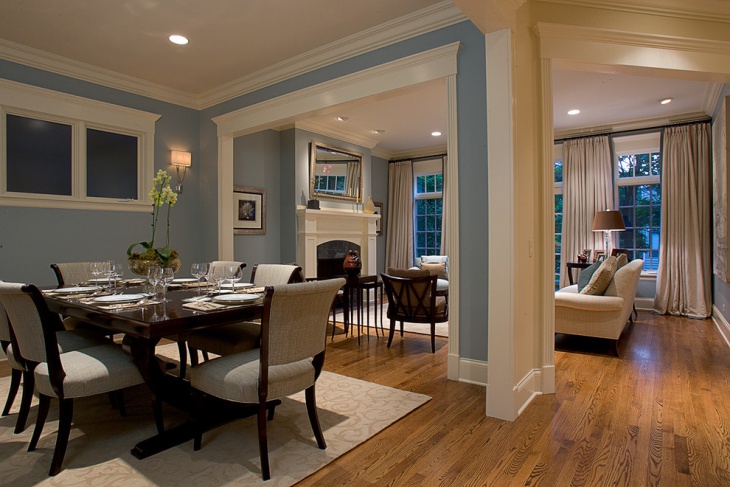







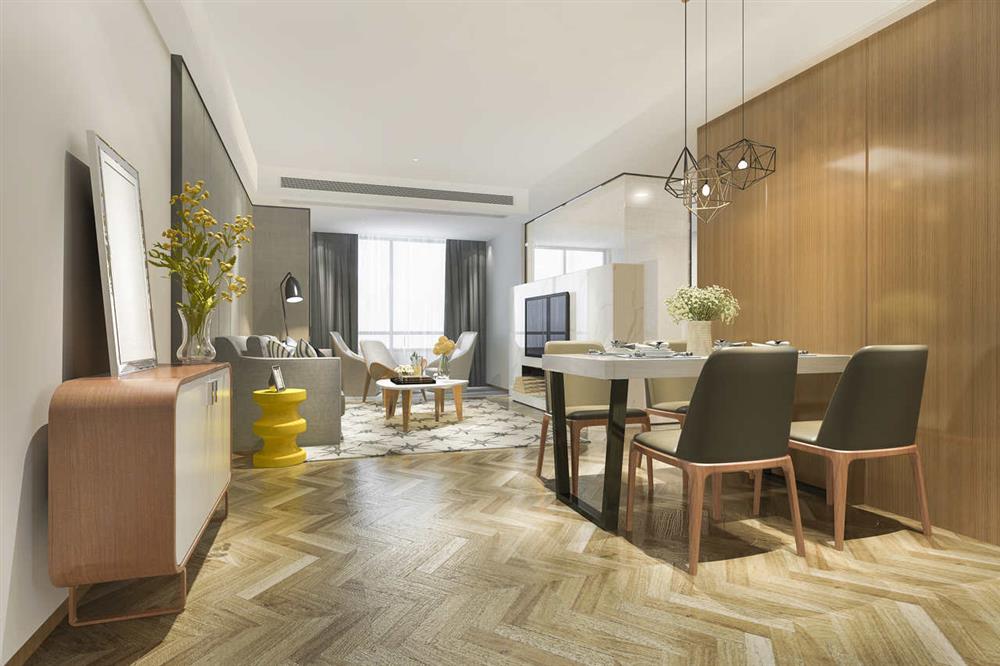

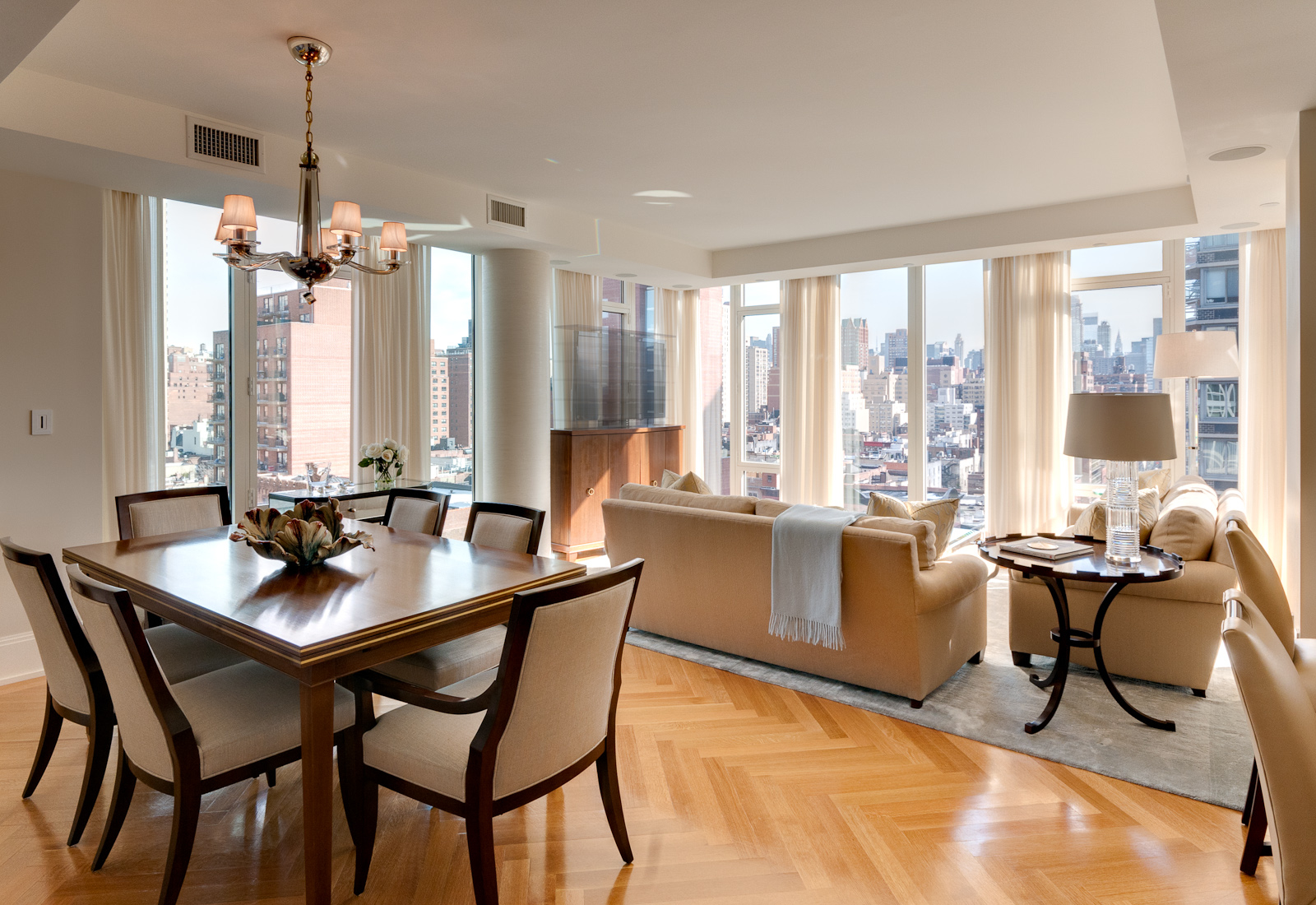
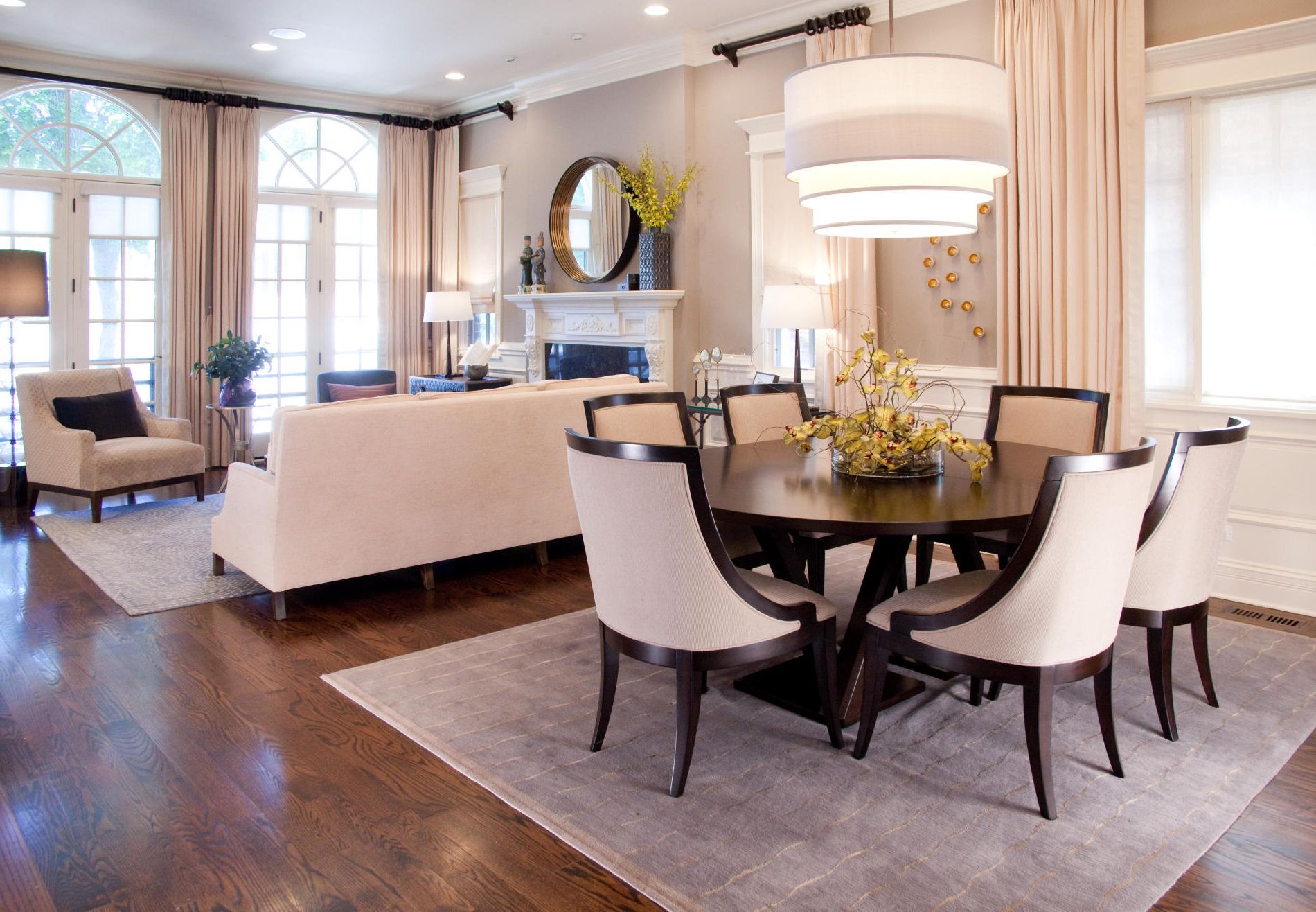
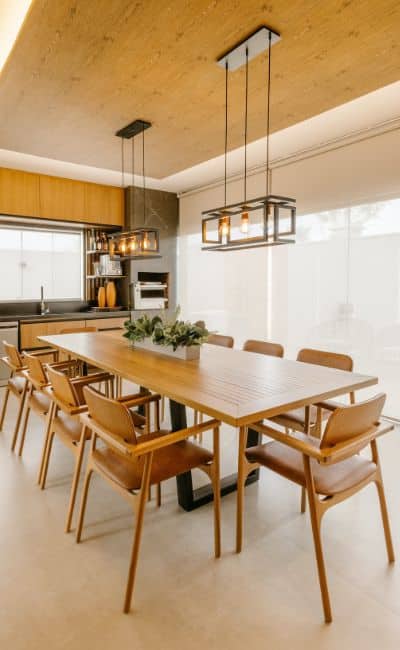

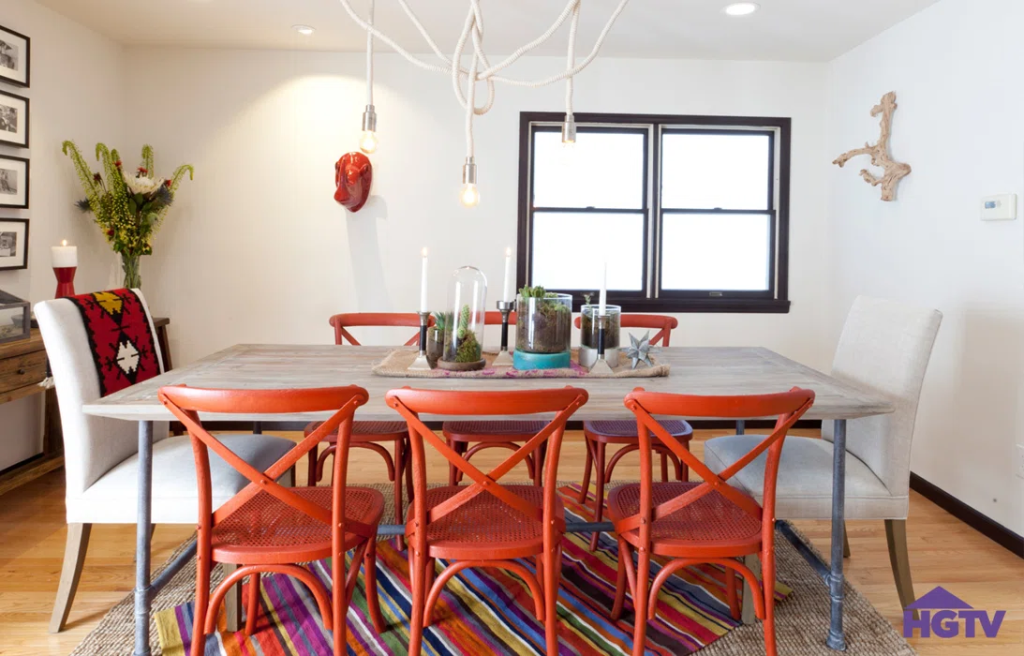
:focal(950x608:952x610)/neutral-living-room-white-fireplace-594af4cd-dfb9df1c2680468ab84c14d87b0b9eb9.jpg)



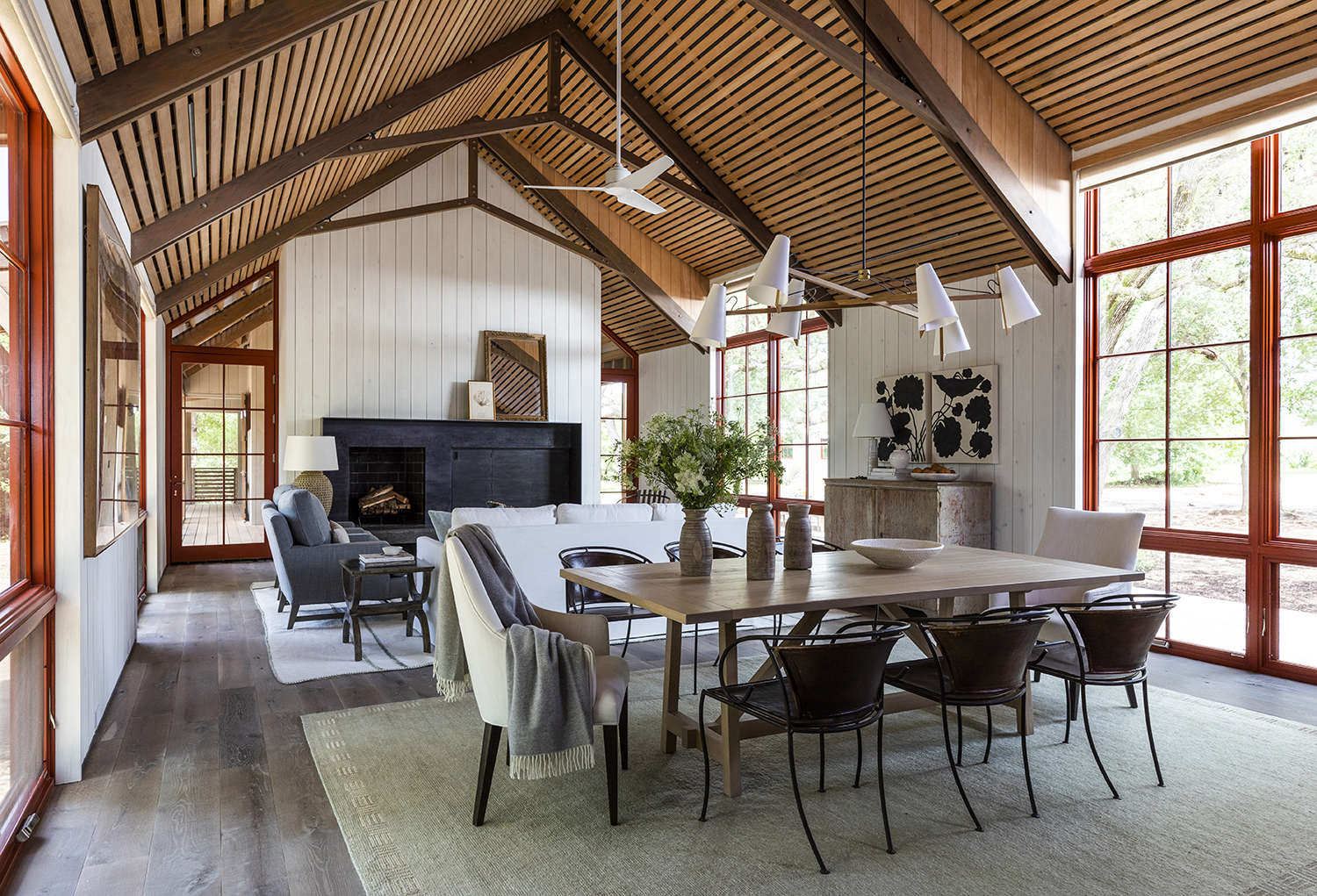
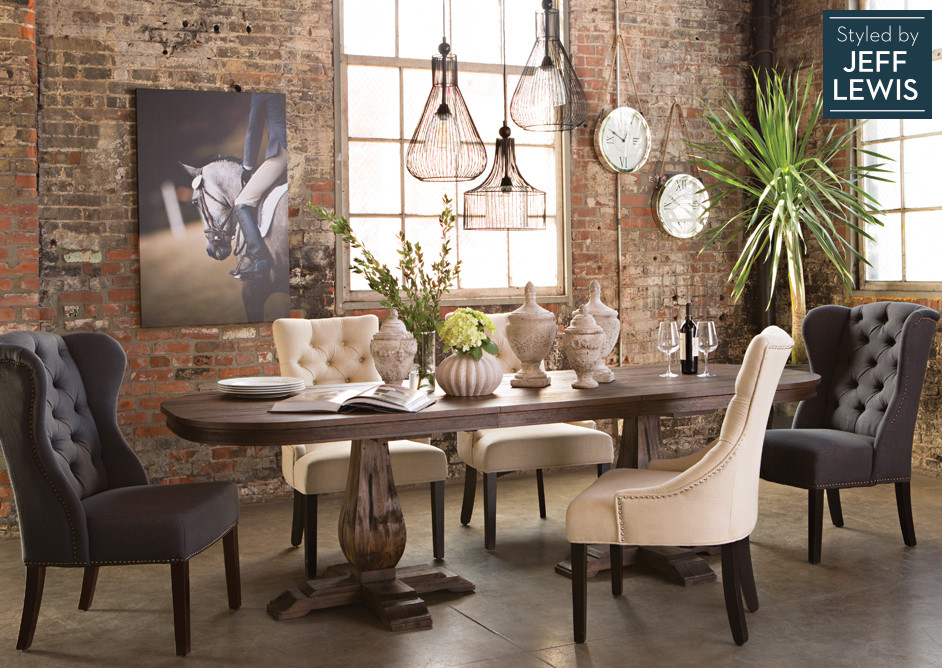








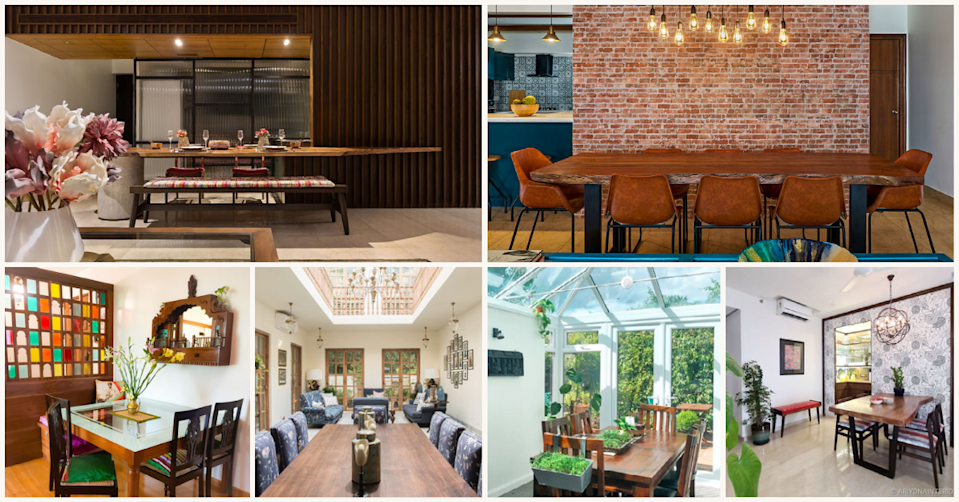





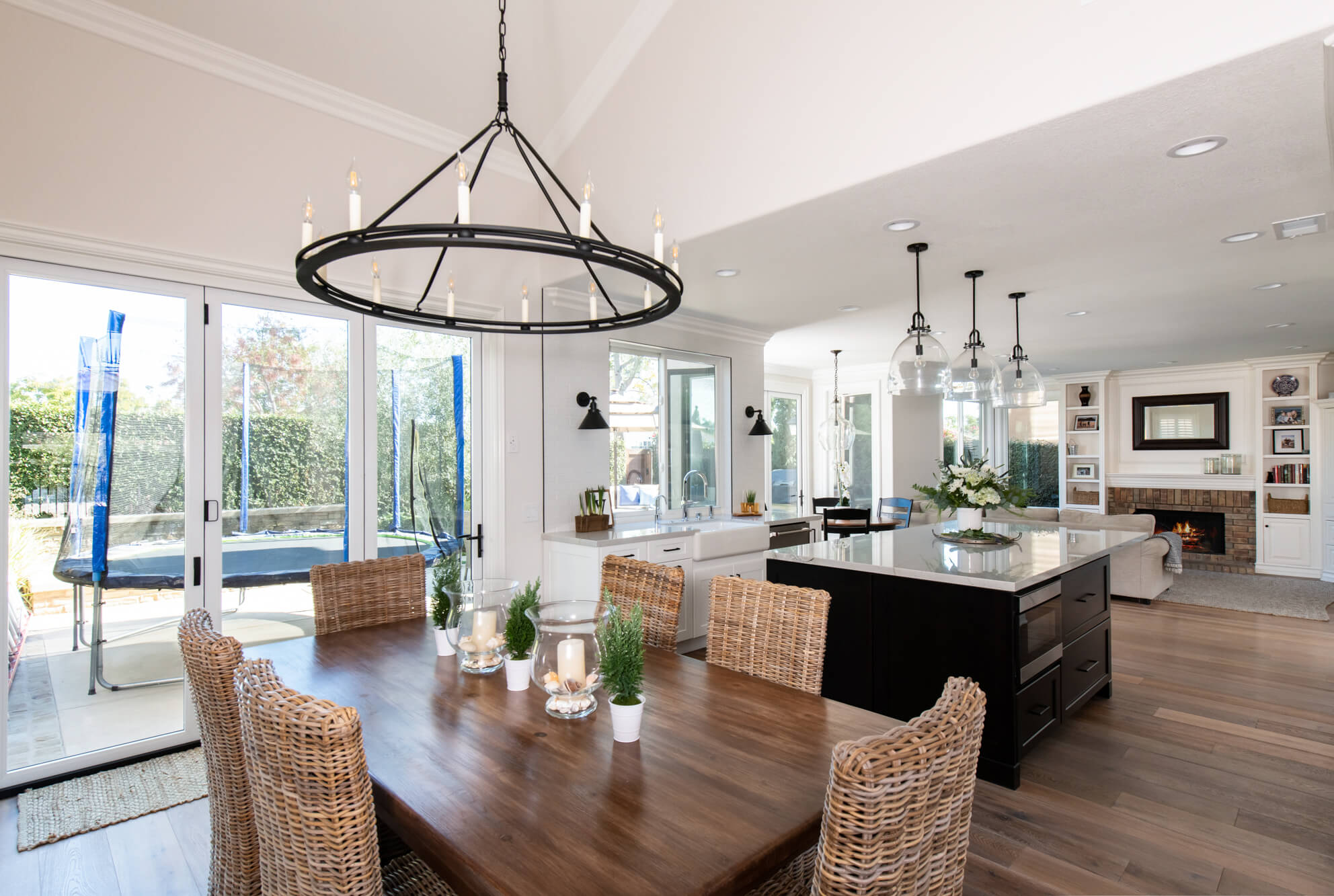




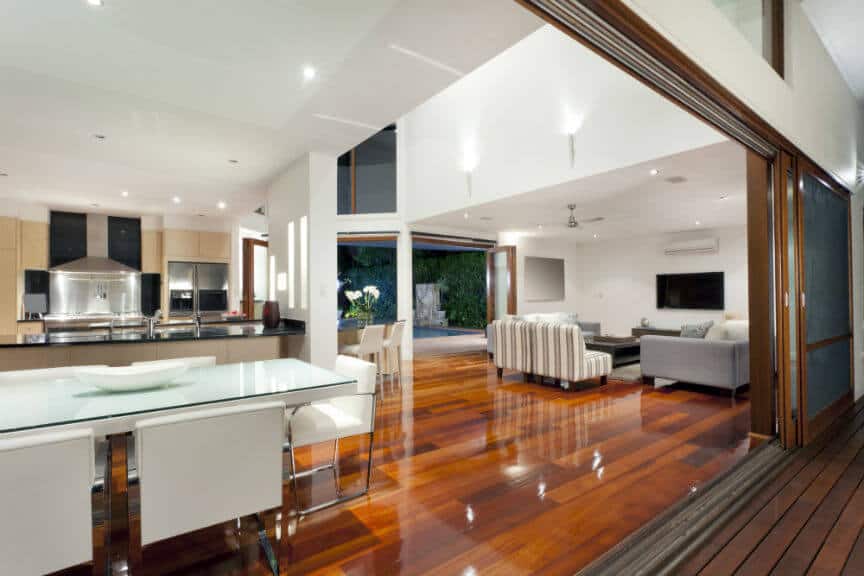

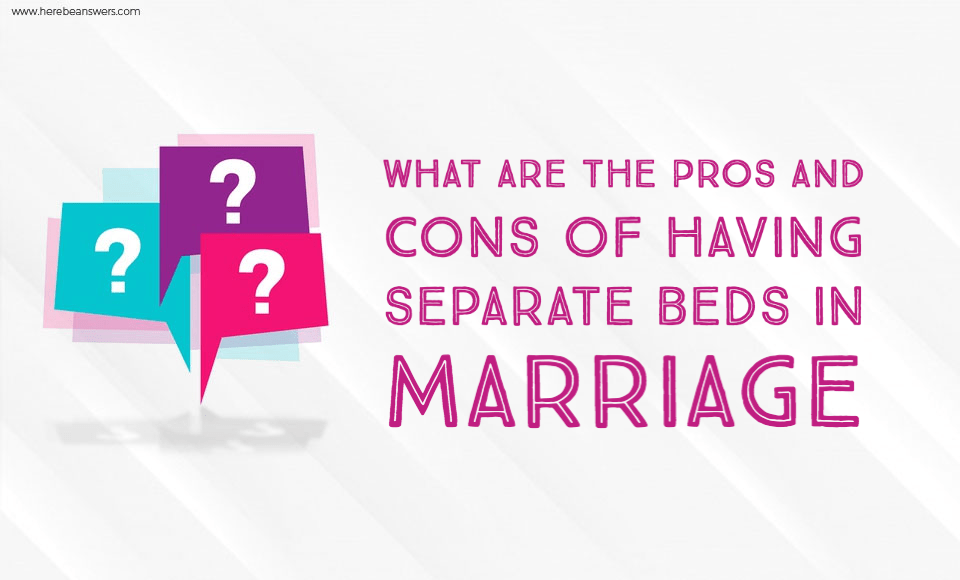




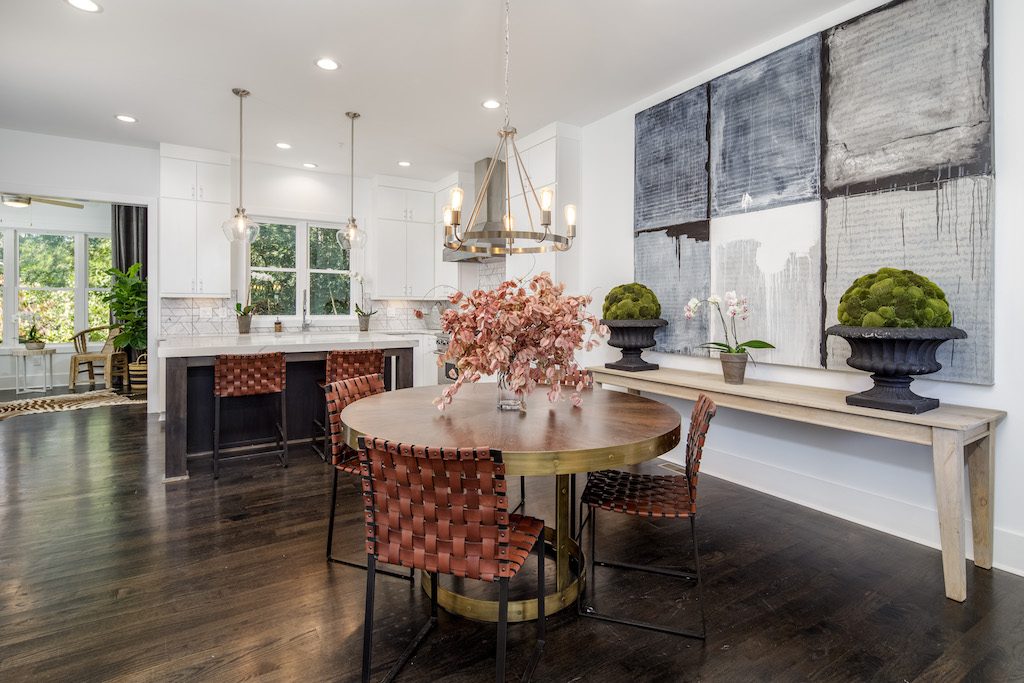
:max_bytes(150000):strip_icc()/orestudios_central_district_th_13-a414c78d68cb4563871730b8b69352d1.jpg)



